Stai pensando di aggiungere un pergolato al tuo giardino ma sei confuso dai costi complessivi che ciò comporta?
Non preoccuparti. Come produttore con 20 anni di esperienza nel settore delle pergole, conosco bene ogni aspetto, dai prezzi dei prodotti ai costi di installazione nascosti, e ti svelerò tutti i segreti in questa guida completa.
Sono sicuro che dopo aver letto questo articolo sarai in grado di stabilire un budget chiaro e preciso per il progetto del tuo pergolato.
Parte 1: Cinque fattori chiave che influenzano il costo totale di un pergolato
Per prima cosa dobbiamo chiarire i fattori principali che incidono sul prezzo di una pergola, in modo da poter calcolare il prezzo e capire se ci stiamo facendo fregare.
La cosa più importante da ricordare è che un pergolato adatto alle vostre esigenze non è un prodotto standardizzato con un prezzo fisso. Il suo costo finale sarà determinato direttamente da cinque decisioni chiave che prenderete durante il processo di progettazione.
N. 1: Materiale
Il materiale del pergolato è un indicatore fondamentale della sua durata, quindi scegliere il materiale giusto per il tuo pergolato è di fondamentale importanza!
Successivamente analizzerò i tre materiali più comuni per le pergole: lega di alluminio, acciaio e legno.
Lega di alluminio:
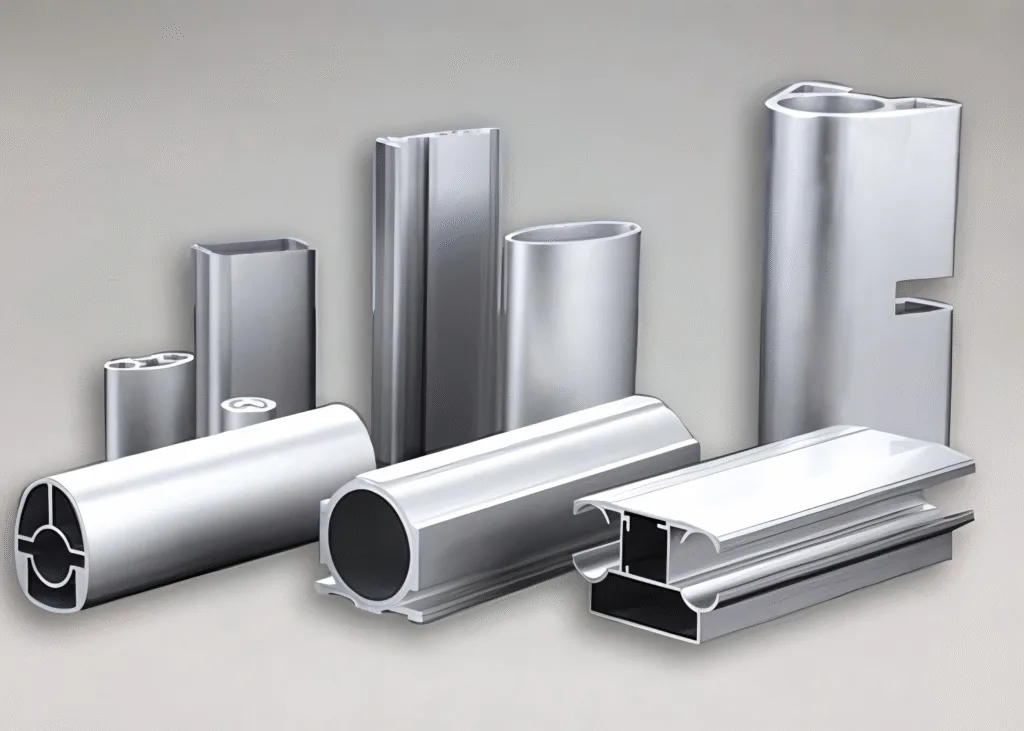
Questa è la scelta più diffusa per le pergole moderne, non solo perché è robusto e leggero, ma anche perché la sua superficie è verniciata a polvere per prevenire la ruggine, la corrosione causata dall'acqua di mare e dagli spruzzi di sale e i danni causati dagli insetti.
Sebbene l'investimento iniziale sia leggermente più elevato, la lunga durata e i costi di manutenzione quasi nulli lo rendono una scelta saggia per le pergole moderne.
Acciaio:
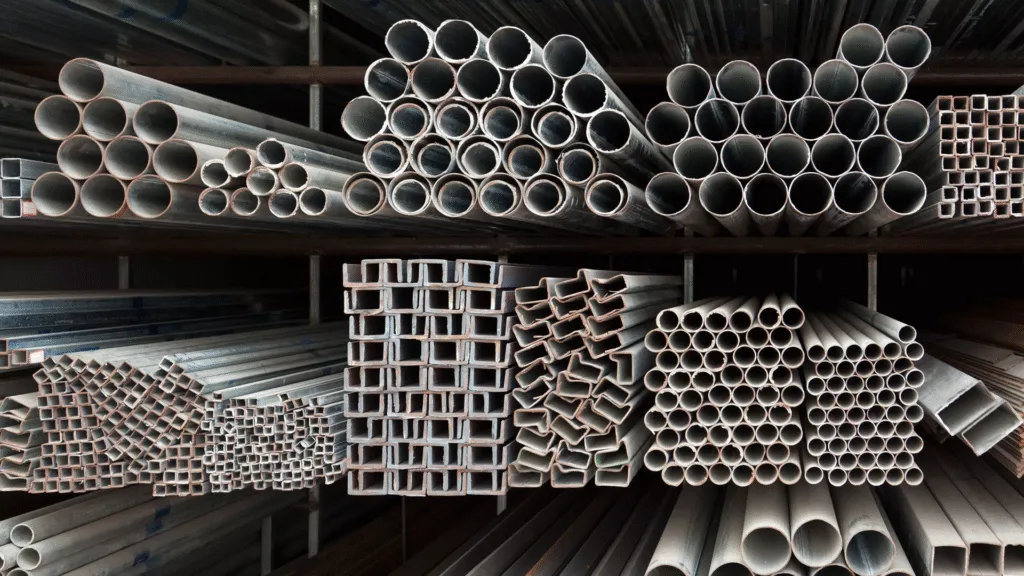
Quando si cerca la massima resistenza, l'acciaio è la scelta migliore. Non solo consente progetti con campate estremamente ampie, ma garantisce anche il massimo livello di sicurezza strutturale.
Naturalmente, presenta anche diversi svantaggi: in primo luogo, il peso: le strutture in acciaio sono estremamente pesanti, con conseguenti maggiori costi di spedizione e difficoltà di installazione. In secondo luogo, la corrosione, che può comportare costi di manutenzione più elevati nel tempo.
Legna:
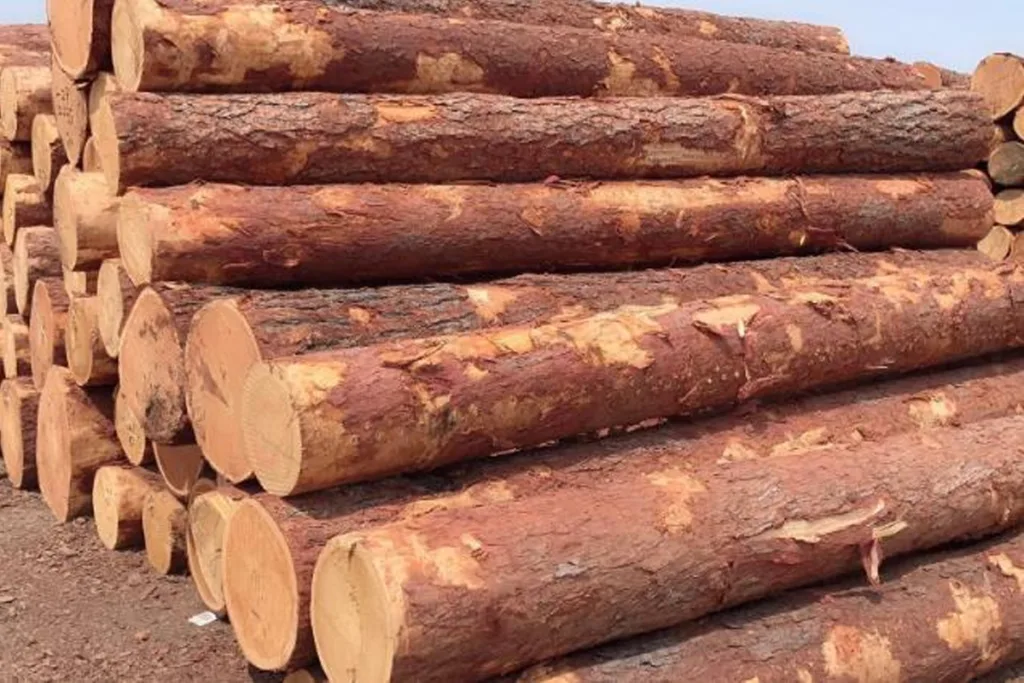
Questa è una scelta più tradizionale perché il legno può conferire un'estetica più naturale, rendendo lo stile della casa più confortevole. Il costo iniziale del legno è relativamente basso, ma spesso comporta elevati costi di manutenzione. Deve essere verniciato ogni pochi mesi per mantenerne l'aspetto e trattato con repellenti per insetti per prevenire danni causati da questi ultimi. Generalmente, la sua durata è compresa tra 3 e 7 anni, a seconda delle condizioni meteorologiche estreme e della manutenzione.
N. 2: Dimensioni e specifiche
The reason size affects price is simple: it’s a direct correlation. The larger the gazebo, the higher the cost.
There are two underlying reasons for this:
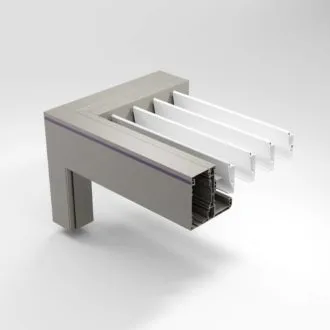
Material costs: Increased size means more raw materials are needed, including longer, thicker columns and beams, and more roof components. A 12’x16′ pavilion may require nearly 50% more materials than a 10’x12′ model, resulting in a corresponding increase in price.
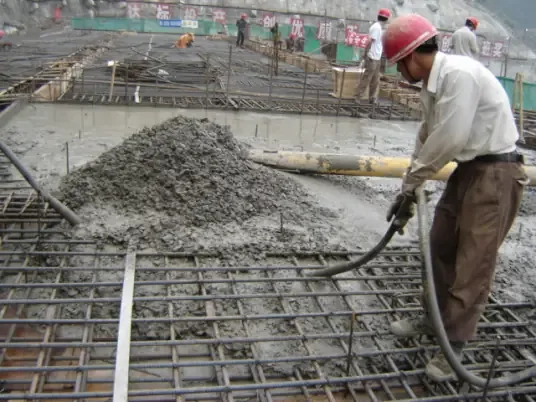
Labor costs: Larger sizes demand higher structural foundation requirements to ensure safety and stability. Therefore, concrete pouring may be necessary during the installation phase, thereby increasing construction costs.
N. 3: Tipo e funzionalità
The type of canopy is the key factor determining the functionality and price of a pavilion.
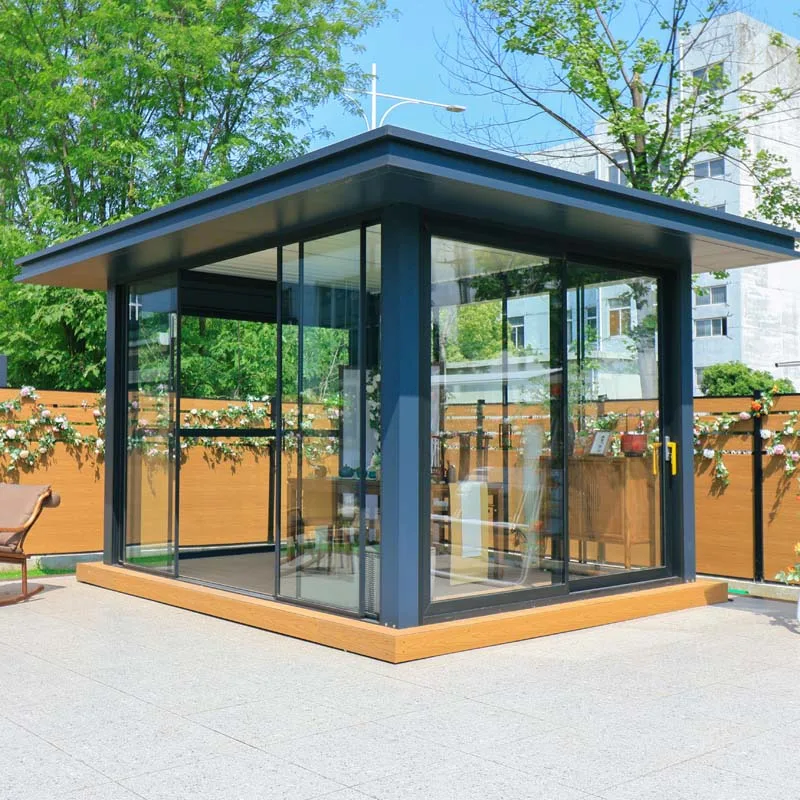
Fixed Roof: This type provides complete sun and rain protection, resembling a permanent outdoor roof. However, its drawback is that it permanently blocks light, potentially darkening adjacent indoor rooms.
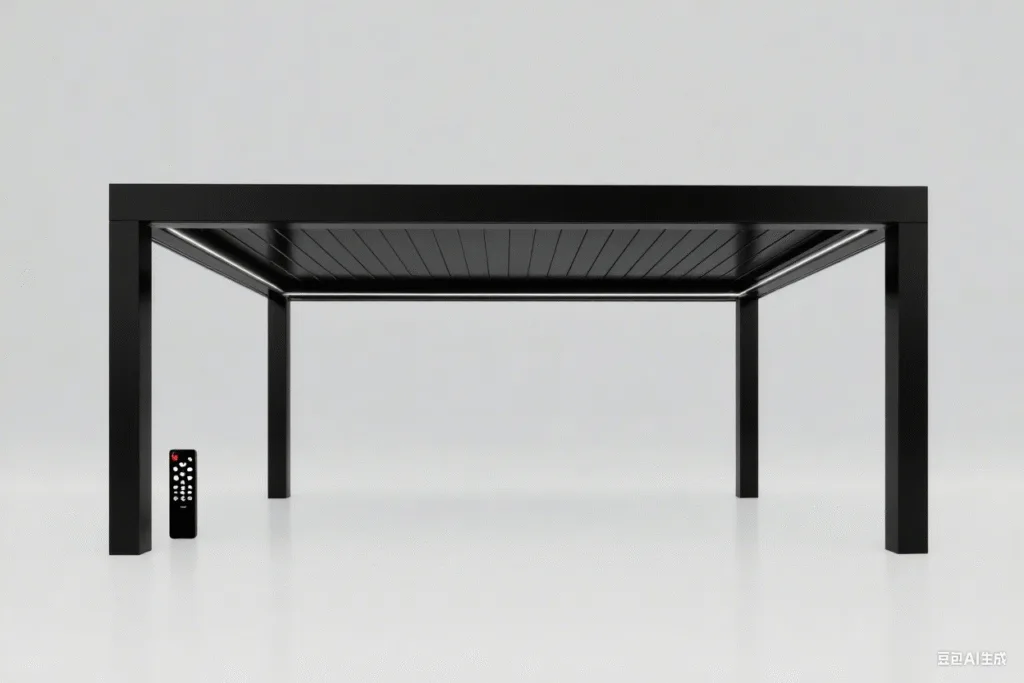
Bioclimatic Canopy: This is the most powerful and advanced option. It gives you complete control over the weather: with the touch of a button, you can adjust the roof’s louvers from fully open (to enjoy sunlight), half-open (to regulate light and shadow), to fully closed (to form a 100% waterproof, sturdy roof). This design, which combines advanced engineering, convenience, and versatility, makes it a premium investment.
N. 4: Marchio e qualità
You may come across two gazebos online that look similar but have significantly different prices. These differences include, but are not limited to, the following:
Craftsmanship and Engineering: A reputable brand invests in material quality, profile thickness, surface coating processes (such as salt spray resistance and fade resistance), and structural engineering (such as certified wind and snow load capacity) to ensure product quality through rigorous factory testing.
Warranty Policy: In addition to engineering and craftsmanship, a reputable brand offers comprehensive warranties lasting several years or even decades. This not only guarantees product quality but also safeguards the security of your investment.
Design and Innovation: The brand listens to customer feedback and continuously invests in detail design, smart feature integration, and user experience to create better products and serve customers.
You can view our 2117 series pergolas, developed based on customer feedback. We have made significant upgrades in drainage, structure, usage safety, and user experience based on customer feedback!
N. 5: Personalizzazione e funzionalità
A perfect outdoor space requires more than just a frame; it also needs finishing touches, or additional features.
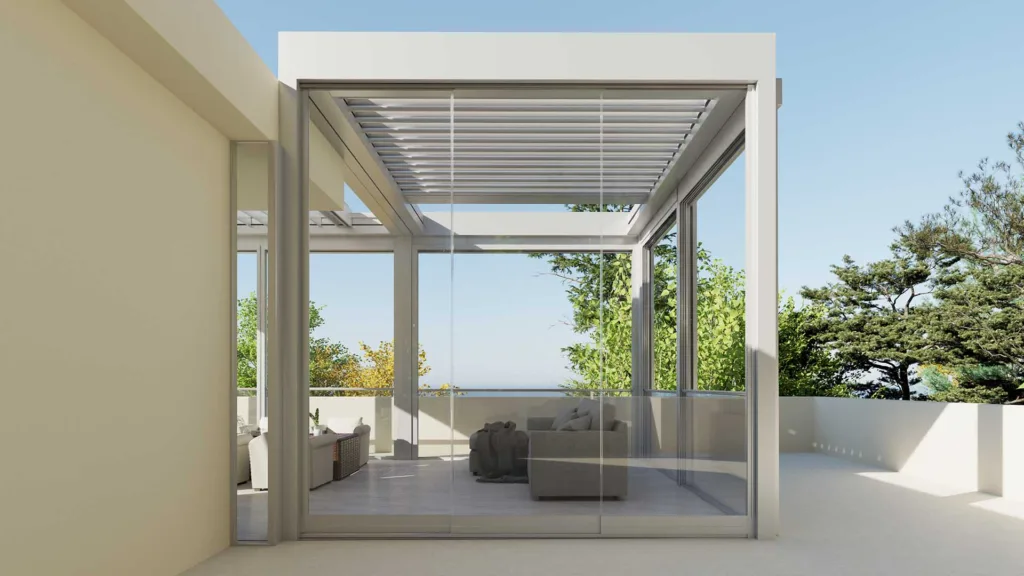
Frameless glass doors: Give your “house” a door to block out all outdoor noise!
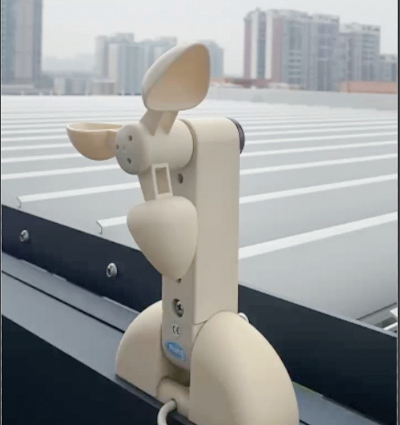
Weather sensors: Automatically open and close the roof louvers based on weather changes!
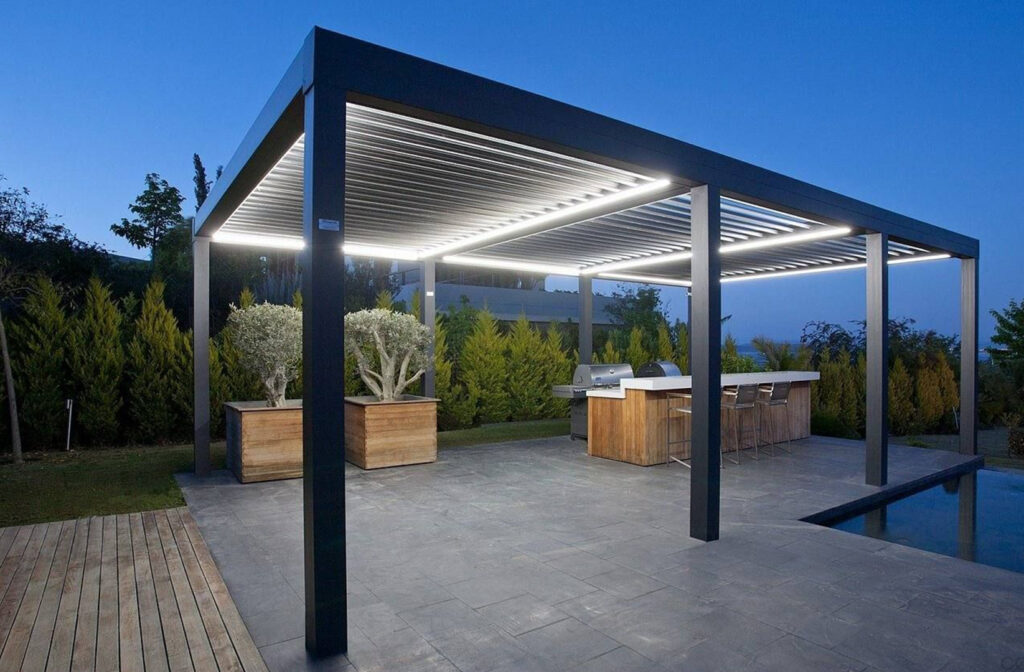
Integrated mood lighting: Enjoy parties or work seriously even at night!
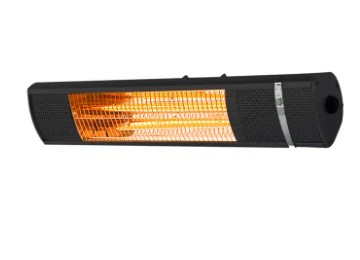
Heater: Turn it on, and you can confidently enjoy the outdoors even in the coldest winter.
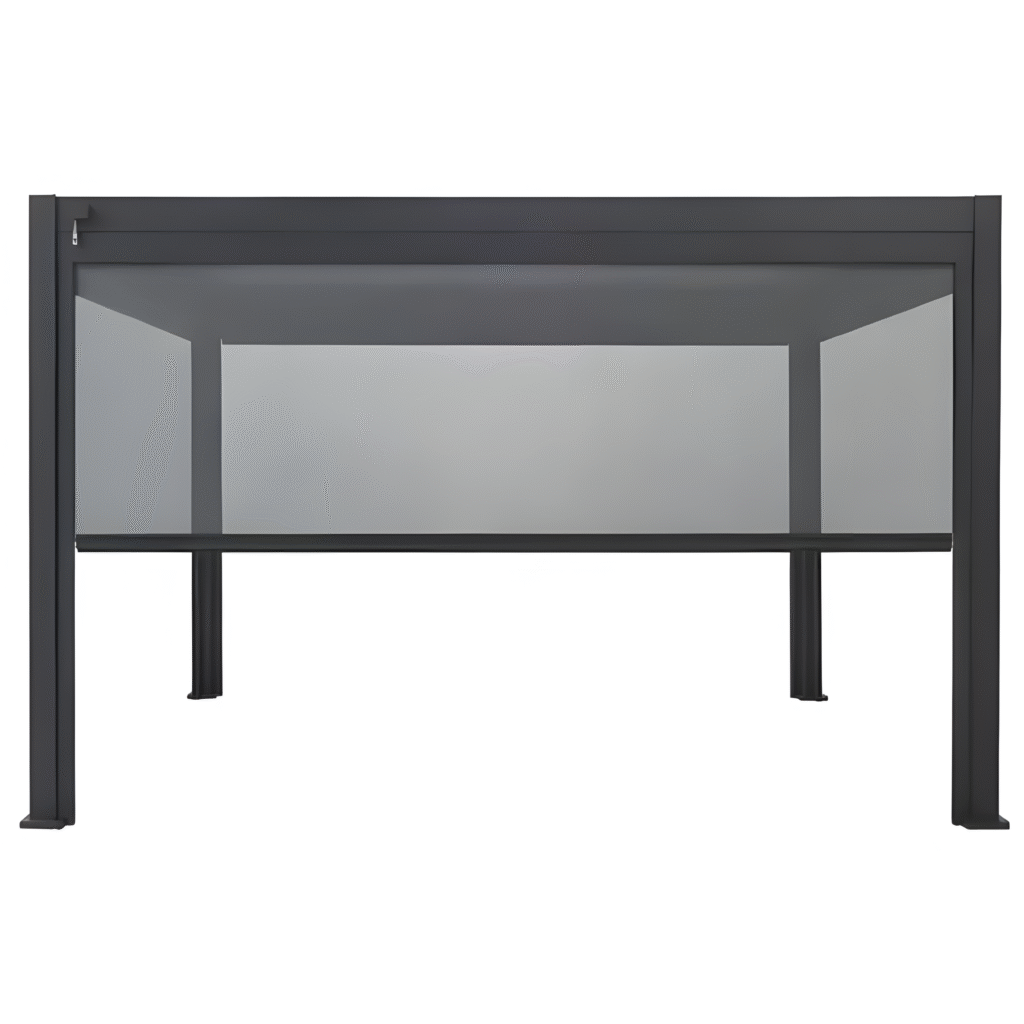
Electric windproof roller shutters: Available whenever needed, providing immediate wind protection, sun protection, and privacy.
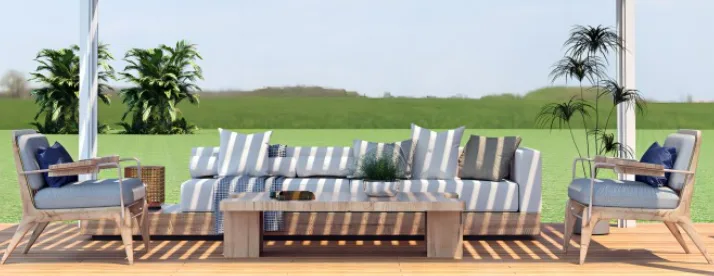
Outdoor furniture: Come on! Transform this canopy into a new living room—the difference is, this outdoor living room can freely adjust sunlight as needed!
Parte 2: Spiegazione dettagliata del prezzo del prodotto Pavilion stesso
Now that we have discussed the factors that affect pergola prices, let’s take a look at the actual price of a pergola.
Prezzo pergole elettriche 3mx3m:$2,100-$2,700Adatto a piccoli cortili o terrazze, aree comuni con configurazione base. Ottimo per installazioni fai da te di pergole in alluminio.
Prezzo pergole elettriche 3mx4m:$2,700-$3,400Per spazi di medie dimensioni il prezzo può variare leggermente a seconda dell'illuminazione.
Prezzo pergole elettriche 3mx5m:$3,400-$4,100,Tenendo conto sia dell'aspetto pratico che della scalabilità.
Prezzo pergole elettriche 3mx6m:$3,900-$4,600Adatto a spazi stretti e lunghi. Il prezzo è influenzato dal materiale di illuminazione o dalle funzioni aggiuntive.
Prezzo pergole elettriche 4mx4m:$3,500-$4,100Stile classico con layout quadrato, che rientra anche nella fascia di prezzo standard dei marchi più diffusi
Prezzo pergole elettriche 4mx5m:$4,300-$5,100Adattato ai requisiti di copertura di ampie aree, compreso il costo aggiuntivo di un telaio rinforzato.
Prezzo pergole elettriche 4mx6m:$5,100-$6,000Configurazione esclusiva per grandi spazi, il prezzo include il costo base del sistema di controllo intelligente.
Prezzo pergole elettriche 4,5mx6m:$6,000-$6,600Gli stili sovradimensionati hanno costi più elevati a causa del rinforzo strutturale e della progettazione portante.
Custom Pergola Kits:
- Custom DIY Louvered Pergola Kits typically start at $7,000+. The higher price reflects the custom design process based on client drawings and the flexibility to modify for complete personalization.
Note on Lighting:
For all pergola models listed above, the number of optional integrated lights can be configured, which may affect the final price.
Parte 3: Analisi dei costi di installazione che non possono essere ignorati (fai da te vs. professionale)
The price of a gazebo kit is only a fraction of the total cost of the gazebo. Properly and safely assembling it in your backyard is a critical step, and the process itself comes with a series of costs.
Option 1: DIY Installation
For those with DIY experience and willing to invest the time, DIY installation is undoubtedly a great way to save on labor costs.
The obvious advantage: saving on labor costs. As is well known, in the United States, the most expensive part is not the product itself, but the labor costs.
Generally, installing a pergola can cost between $500 and over $2,000 in labor costs, depending on the project’s complexity.
In addition, we should also consider the implicit and explicit costs of DIY installation:
Tool and equipment rental ($150 – $400+): Depending on the structure of your pergola, if it uses steel, you may need specialized equipment even if you have basic tools. Commonly required tools include concrete drills, post hole diggers, or heavy-duty ladders.
Foundation materials ($100 – $600): A sturdy foundation is essential. This includes the cost of concrete mix (typically 80-pound bags at approximately $7 per bag), drainage gravel, and sturdy column anchors or mounting brackets.
Permit fees ($60–$150+): Many municipal authorities require permits for structures of a certain size, especially when they are connected to a house or involve electrical wiring. This process requires submitting design drawings and may incur fees.
Time Cost: Installing a standard steel pavilion typically requires two experienced individuals to spend an entire weekend. However, if you choose the 2117 series, which features a modular design, there is no need for complex operations such as pouring concrete foundations. Two to three people can quickly assemble it in just an afternoon. When making your decision, please consider the value of your own time.
Risk Factors: Improperly installed pavilions may pose safety hazards. Incorrect installation may also damage the product, rendering the manufacturer’s warranty void.
Ideal Candidates: Individuals with DIY experience or construction skills, access to complete tools, and at least one strong assistant. Ideal for installing small standard-sized pavilion kits that do not include complex electrical components.



